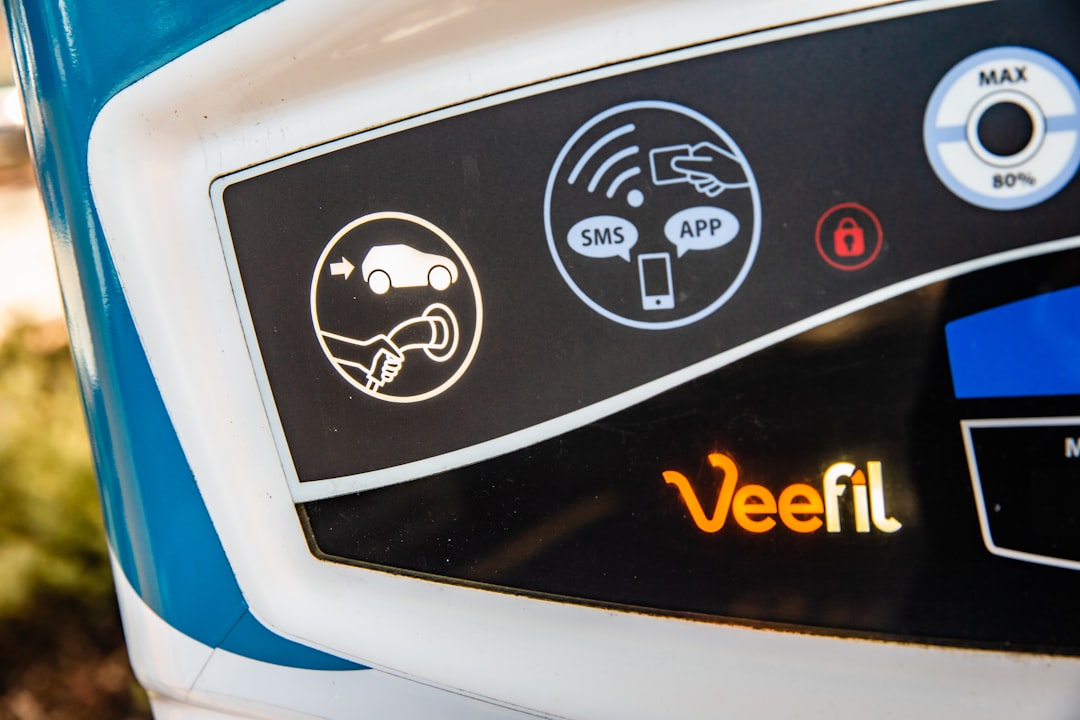Imagine a world where your car not only drives itself but also runs entirely on clean energy. This vision is rapidly becoming a reality as artificial intelligence (AI) and electric vehicles (EVs) forge a transformative path toward autonomous green mobility. As of 2023, 58% of new cars sold globally are electric, and companies like Tesla and Rivian are leading the charge in integrating AI technologies into their EVs. This article will delve into how AI and EVs are revolutionizing transportation, making it more sustainable and efficient. Expect to learn about the latest advancements, practical applications, and what the future holds for this exciting convergence.
The Role of AI in Advancing Electric Vehicles
AI-Driven Innovations in EV Technology
AI is the brain behind the wheel of modern electric vehicles. Here are some key innovations transforming the EV landscape:
- Autonomous Driving: Companies like Tesla have integrated full self-driving capabilities, allowing vehicles to navigate complex environments with minimal human input. According to Bloomberg Green, Tesla’s AI-powered Autopilot system is already reducing accidents by nearly 40%.
-
Enhanced Battery Management: AI optimizes battery performance by predicting energy usage and enhancing charging efficiency. This not only prolongs battery life but also increases the range of EVs, as seen in models from Lucid Motors and BYD.
-
Predictive Maintenance: AI algorithms can foresee potential mechanical issues before they arise, minimizing downtime and maintenance costs. For instance, Hyundai’s AI solutions monitor vehicle health and predict maintenance needs, ensuring optimal performance.
The Impact of AI on EV Manufacturing
AI isn’t just enhancing the vehicles themselves; it’s revolutionizing how they’re built:
- Smart Manufacturing: AI-driven robotics are streamlining EV production, reducing waste, and lowering costs. Volkswagen’s use of AI in their factories has cut production time by 25%.
-
Supply Chain Optimization: Real-time data analysis allows for more efficient inventory management and logistics, reducing the carbon footprint of manufacturing processes.
Transforming Transportation with Autonomous EVs
The Rise of Autonomous Electric Fleets
Autonomous electric vehicles (AEVs) are set to redefine public and personal transportation. Here’s how:
- Ridesharing Evolution: Companies like Waymo and Uber are testing autonomous EV fleets for urban transport, promising reduced traffic congestion and lower emissions.
-
Public Transport Integration: Electric buses with AI-driven autonomous capabilities, such as those developed by BYD, are being deployed in cities worldwide to provide cleaner, more efficient public transit.
-
Logistics and Delivery: Autonomous EVs are revolutionizing goods delivery, with companies like Amazon exploring drone technology and autonomous vans for last-mile delivery.
Overcoming Challenges and Concerns
While the promise of autonomous EVs is exciting, several challenges must be addressed:
- Regulatory Hurdles: Different countries have varying regulations regarding autonomous vehicles, requiring consistent global standards to facilitate widespread adoption.
-
Safety and Security: Ensuring the safety and security of autonomous systems is paramount, with ongoing advancements needed to protect against cyber threats.
Practical Guide: Embracing the Autonomous EV Revolution
How to Charge Your EV Efficiently
To maximize your EV’s performance and lifespan:
- Utilize Smart Charging: Opt for smart chargers that adjust charging rates based on electricity demand and costs.
-
Public Charging Networks: Apps like PlugShare help locate charging stations, ensuring you’re never far from a power source.
Where to Buy Your First Autonomous EV
When considering purchasing an autonomous EV:
- Research & Compare: Use resources like InsideEVs and AutoCar to compare models in terms of range, features, and pricing.
-
Explore Incentives: Many governments offer incentives for EV purchases, reducing upfront costs.
What to Consider When Choosing an Autonomous EV
When selecting an autonomous EV, consider:
- Range & Battery Life: Ensure the vehicle meets your daily needs in terms of range and charging frequency.
-
Autonomous Features: Evaluate the level of autonomy and safety features offered by different models.
The Future of Autonomous Green Mobility
As AI and EV technologies continue to evolve, the future of mobility looks increasingly green and autonomous. According to TechCrunch, by 2030, it’s expected that 50% of all vehicles will be autonomous, significantly reducing emissions and improving urban air quality. The potential for AI-driven EVs to transform transportation is immense, offering sustainable solutions to some of the most pressing environmental challenges.
Are you ready to embrace this shift? Share your thoughts in the comments below and stay connected as we continue to explore the innovations driving the future of mobility. Keep an eye on the latest trends and technologies as we move closer to a world where transportation is clean, efficient, and autonomous.

